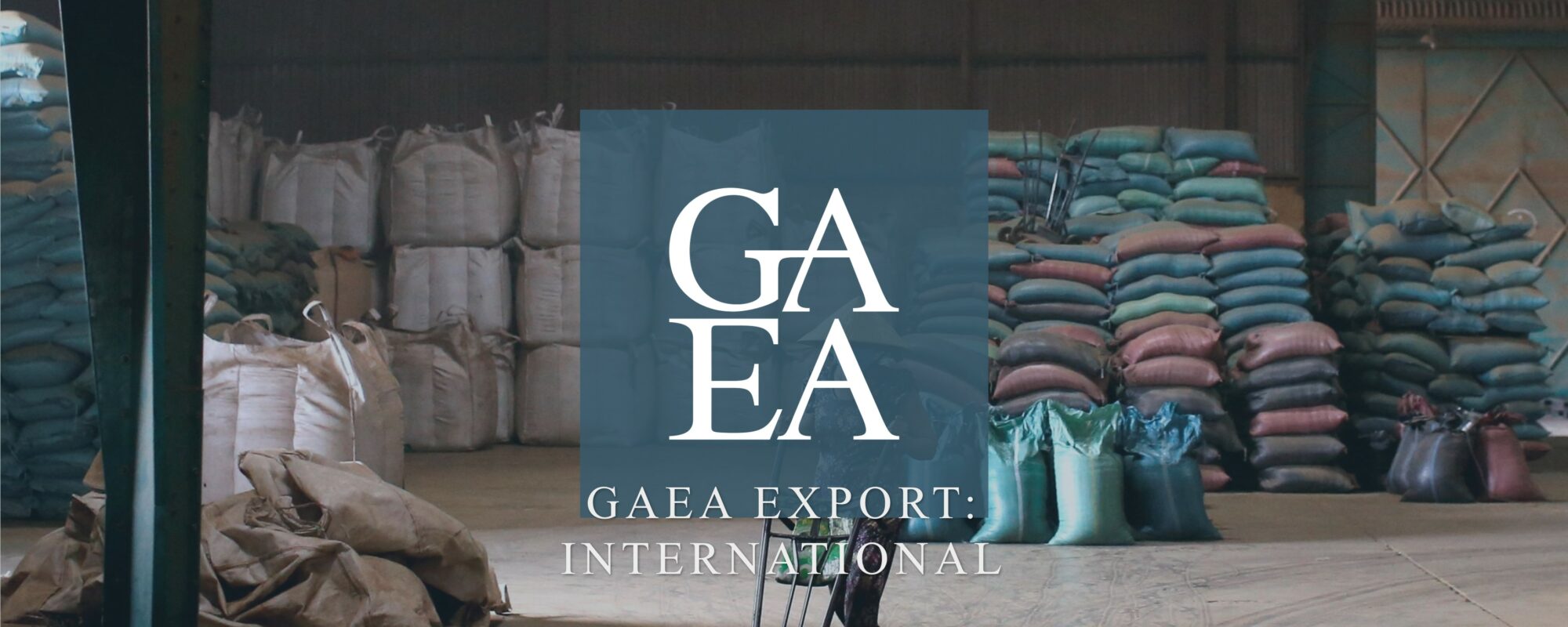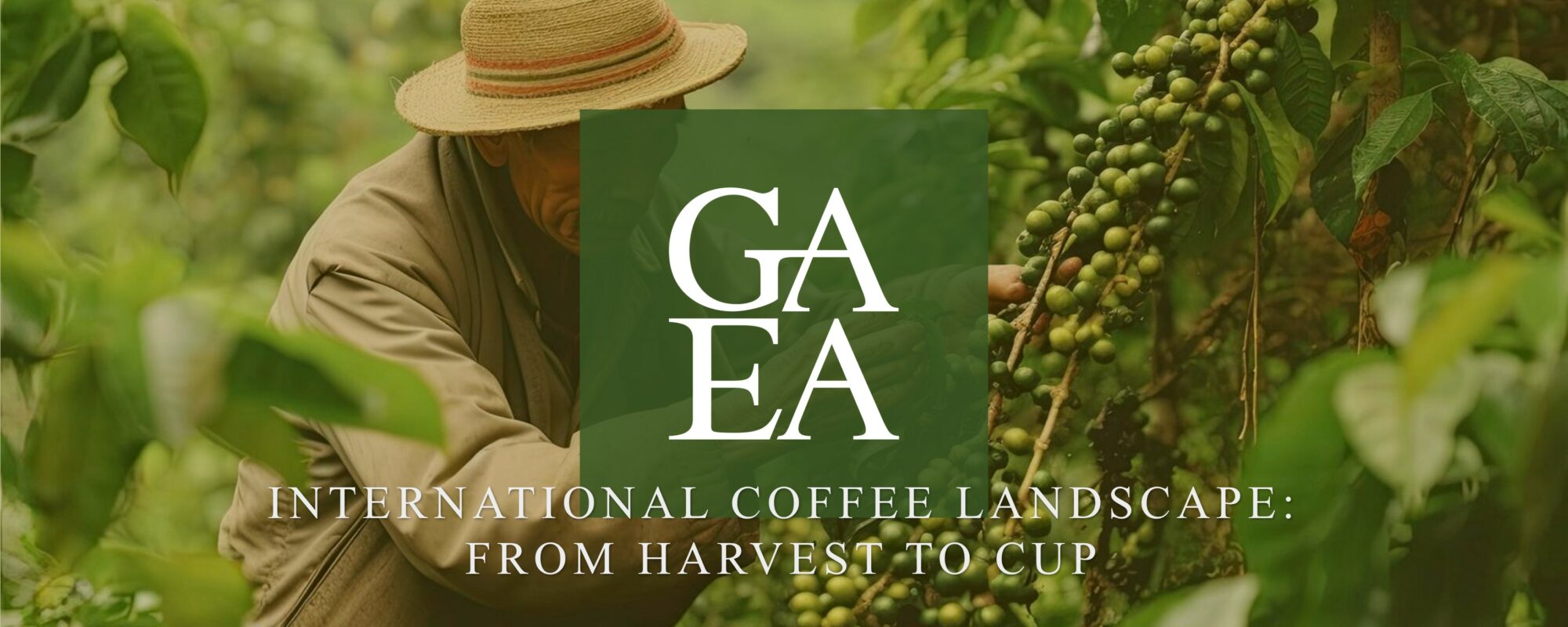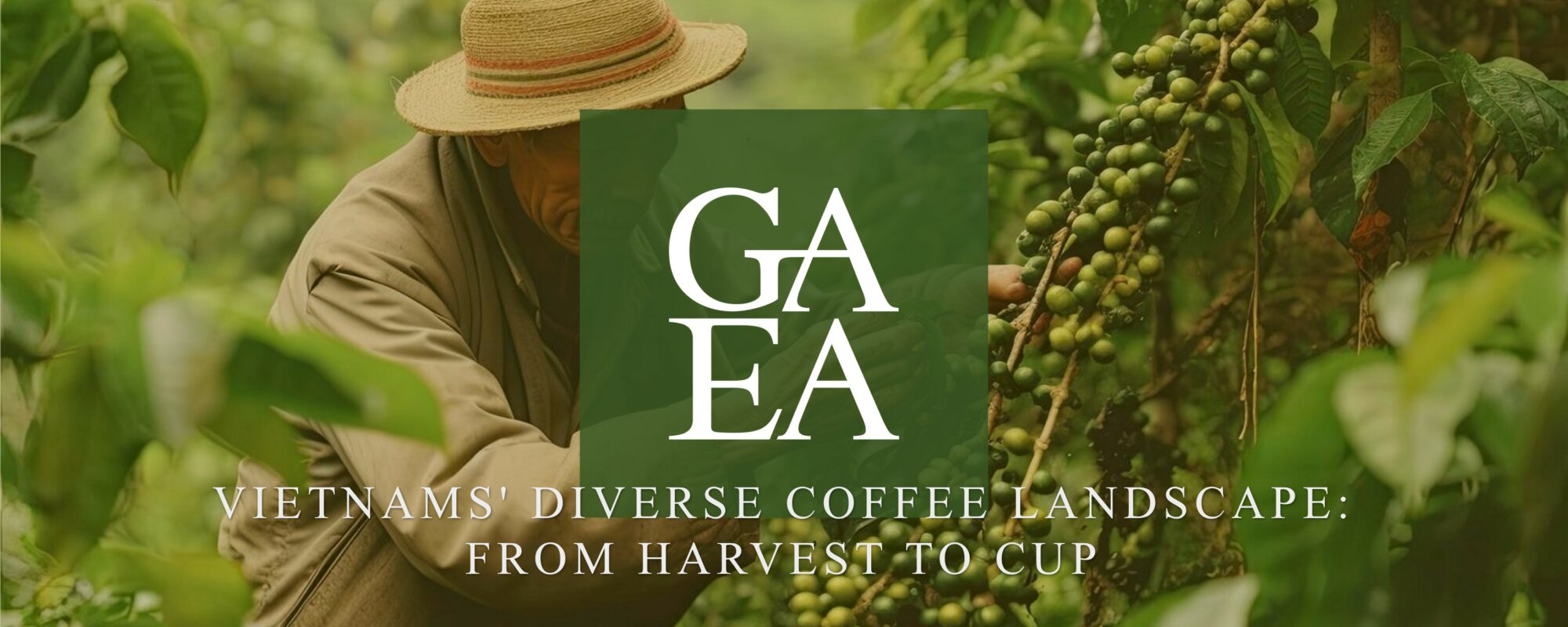GAEA: Exporting Vietnam’s Green Coffee Beans
Summary
In the dynamic landscape of Vietnam’s coffee export industry, GAEA emerges as a leading player, specializing in sourcing and exporting the finest green coffee beans. With a commitment to quality and reliability, GAEA offers a wide assortment of green coffee beans and provides accurate stock and crop data, making it the preferred local partner for discerning buyers worldwide. Leveraging Vietnam’s status as one of the largest exporters of green coffee beans, particularly robusta, GAEA navigates diverse export options, including bulk shipments, specialty coffee, fair trade, and organic-certified beans. The company also fosters direct trade partnerships and utilizes key export ports like Ho Chi Minh City, Hai Phong, Da Nang, and Vung Tau to efficiently facilitate shipments. With GAEA at the helm, Vietnam’s coffee export potential flourishes, offering a robust supply of high-quality green coffee beans to global markets.
GAEA, Vietnam Sourcing & Manufacturing
Established in 2019, GAEA Vietnam Sourcing, a manufacturer and supplier, is your green coffee bean sourcing and export partner in Vietnam. We undoubtedly have the widest available assortment and are best updated on stock, prices, and the latest crops. We also manufacture and roast coffee under private or no label for brands across the hospitality, foodservice, and retail sectors, reflecting our B2B manufacturing. Our product range includes roasted whole beans and ground coffees. Read more information here: LINK.
OUR GENERAL INQUIRIES
> concierge[at]gaea-global.com
> +84 96 2544 004











